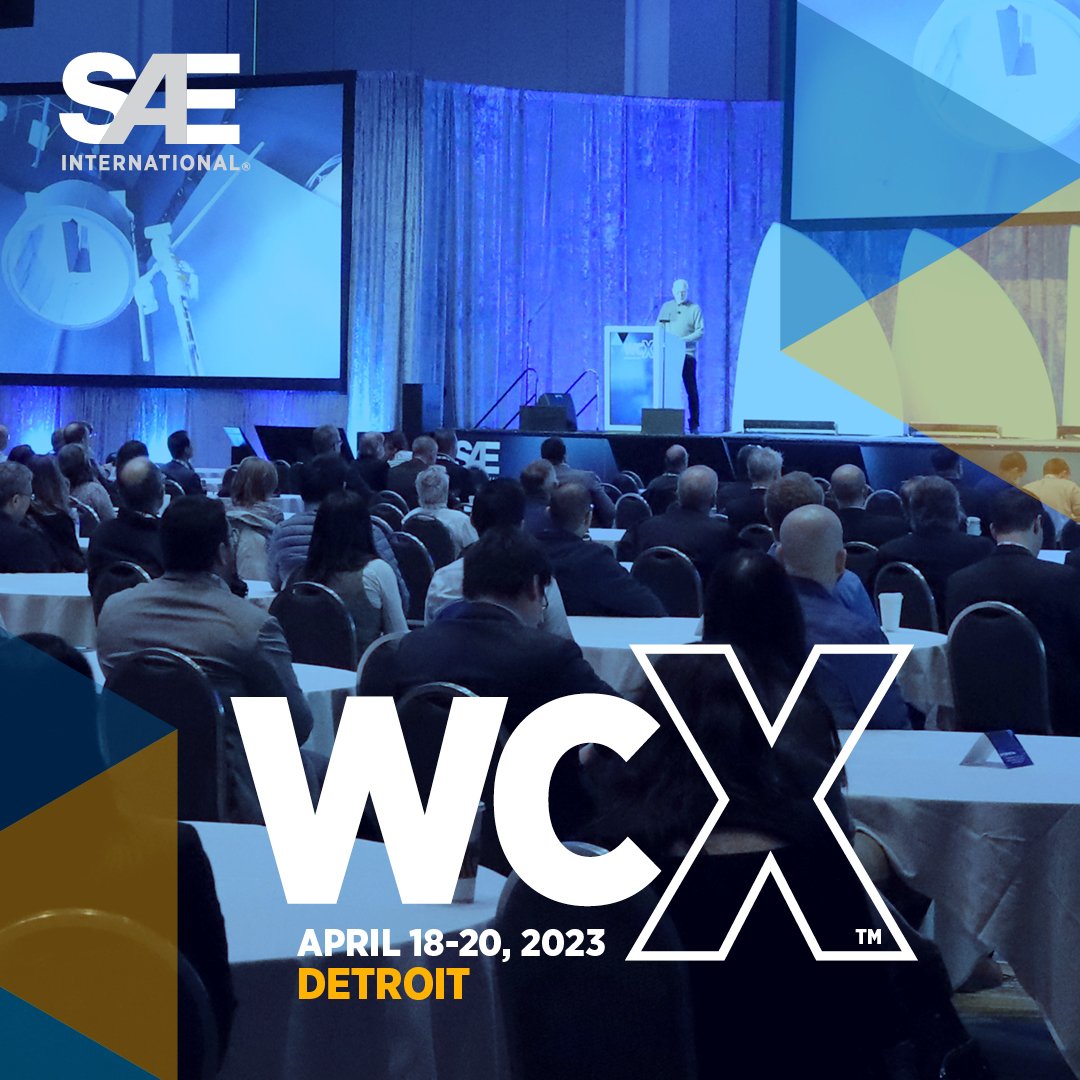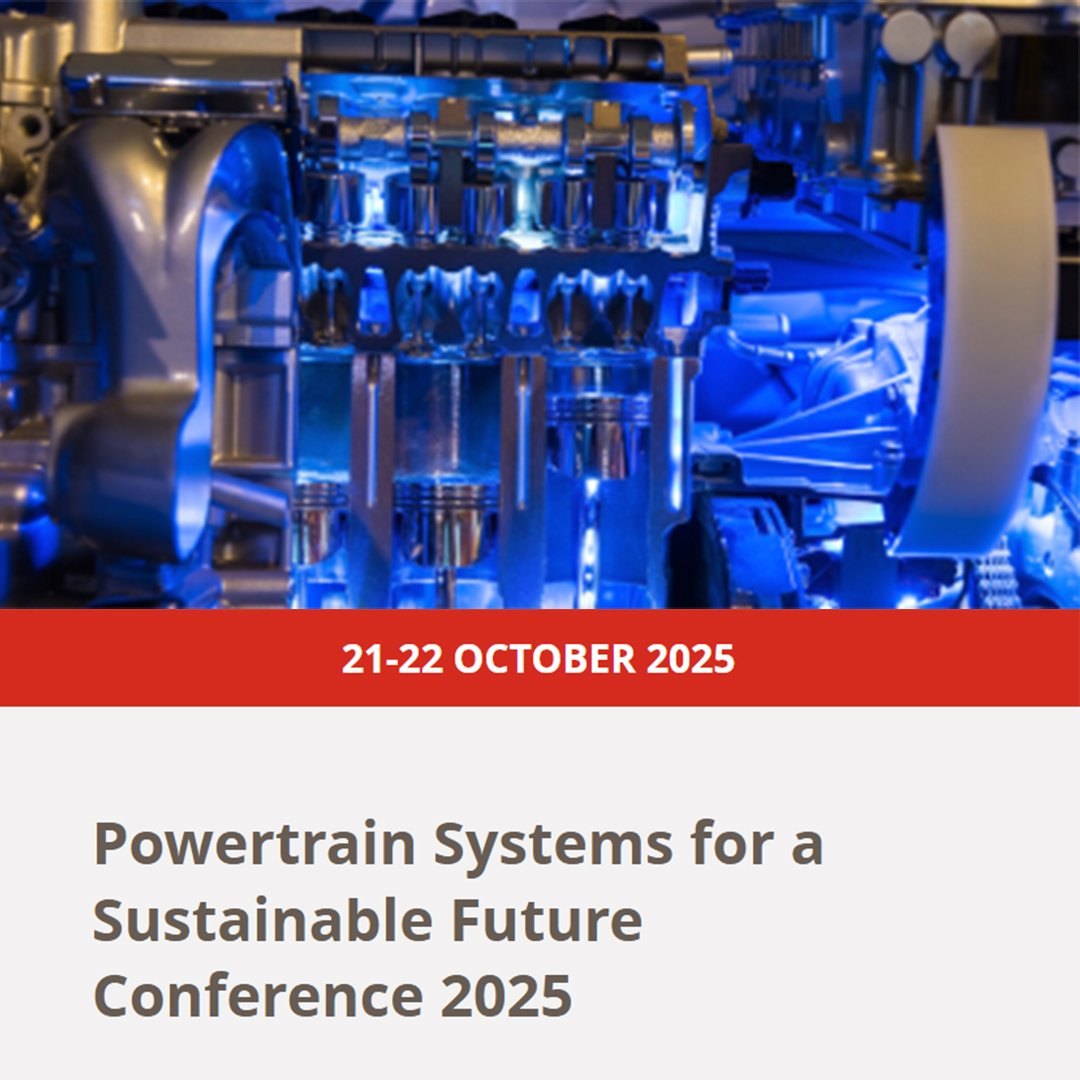
Rail

Simulating low emission rail and mass transit systems
Parts of the global rail systems are already electric with the challenge to use electricity from renewable, sustainable sources whilst other networks are using large diesel engines to drive rolling stock across thousands of miles, requiring design changes to reduce overall emissions.
The design challenge, using simulation, is to consider the available options across full electric, hybrid, hydrogen fuel cells in parallel with greener e-fuels including ammonia, vegetable oils and hydrogen combustion.
In the initial stages of development, physical prototype modelling is expensive, requiring virtual simulation tools to answer many of the 'What ifs'before committing to a design path. The propulsion system simulation is at the heart of rail design where, predicting performance across a range of applications will be essential to select the correct propulsion system for the correct application going forward.
At Realis Simulation we have extensive experience of using software to streamline the propulsion system design process – answering many of the ‘What ifs’ using computer simulation before Original Equipment Manufacturers (OEMs) and Tier 1 suppliers commit to expensive physical prototypes.
Our software analyses the full rail power unit design from fuel intake, power generation, power transfer and exhaust emissions reduction. It simulates energy losses from friction, oil consumption and thermal heat transfer as well as component durability across various drive cycles using traditional, non-carbon e-fuels, hybrid, electric, hydrogen fuel cells and hydrogen combustion power units.
Our insights

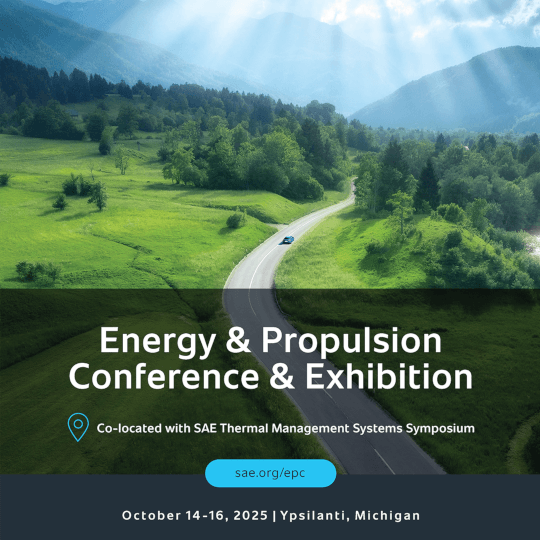
CFD and FE Toolset for Predicting Structural Temperatures in a Hydrogen Internal Combustion Engine
Technical Paper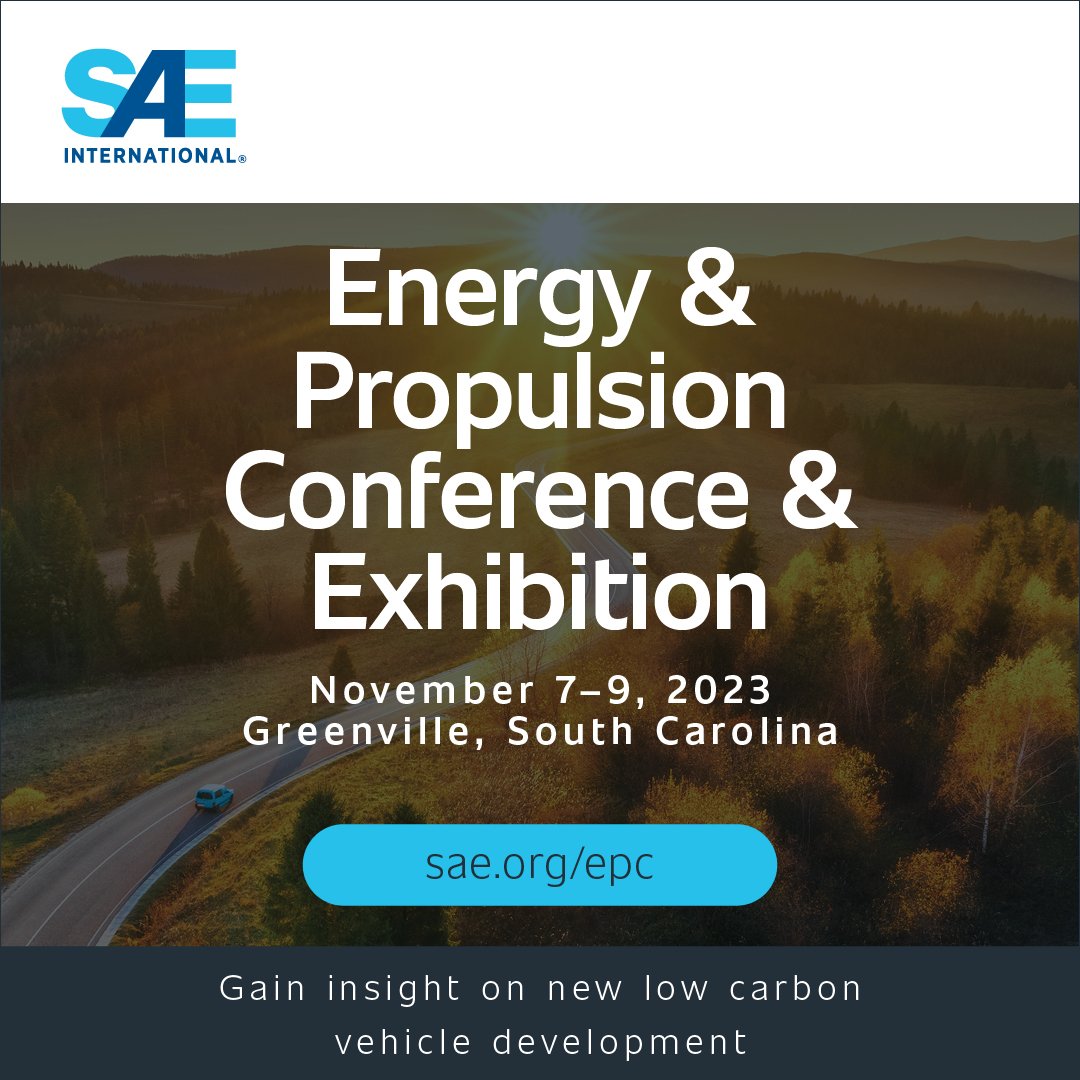
Calculation of Thermal Boundary Conditions for Hydrogen Internal Combustion Engines
Technical Paper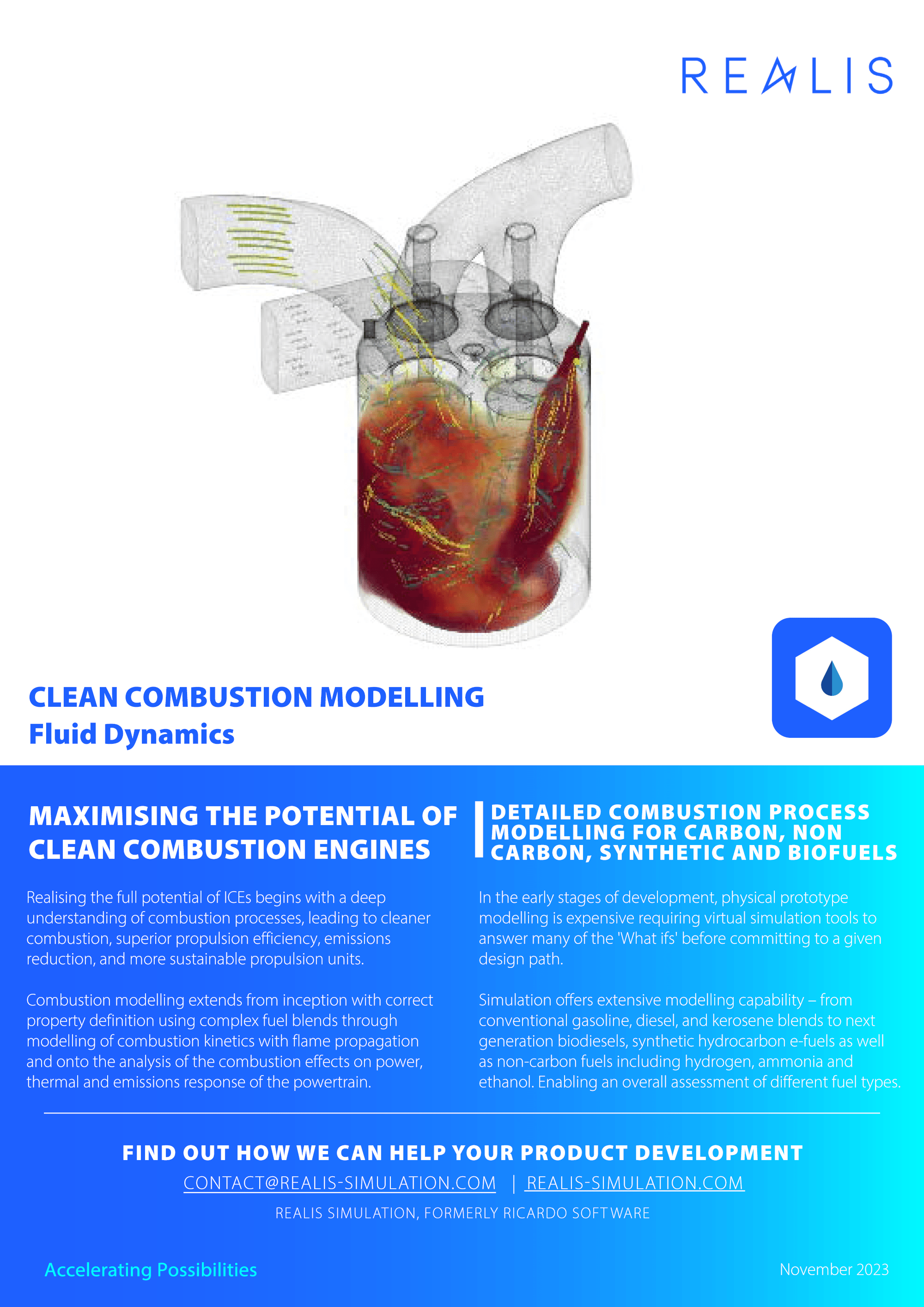
Clean combustion modelling
Brochure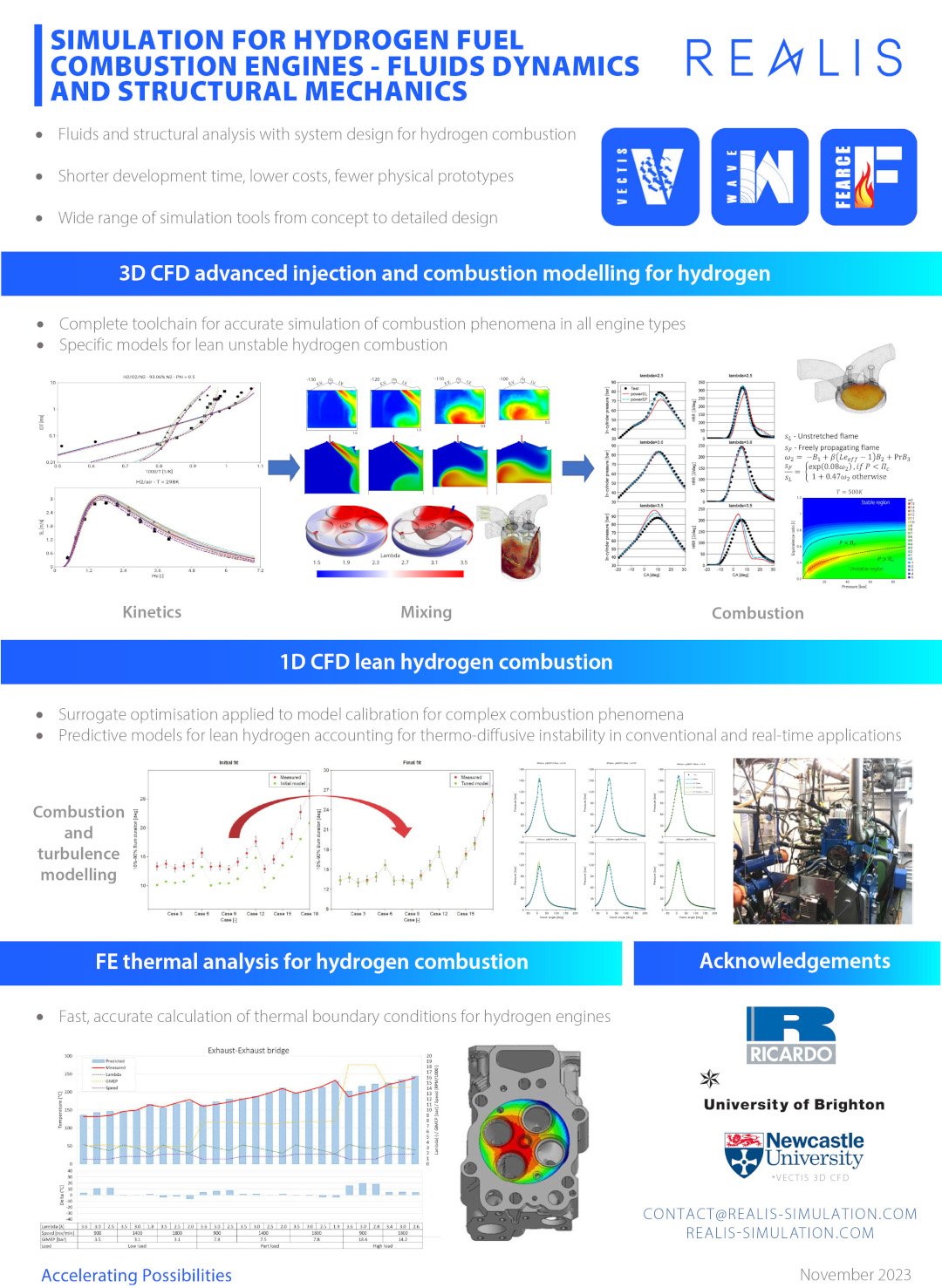
Hydrogen combustion
Brochure